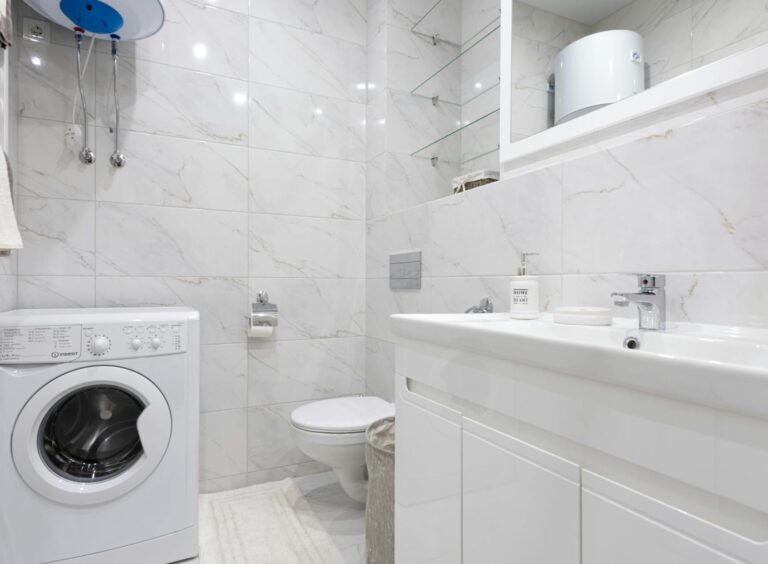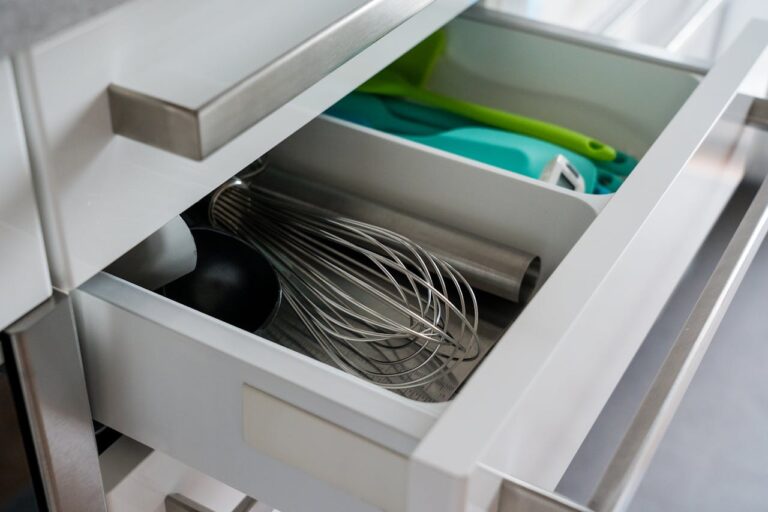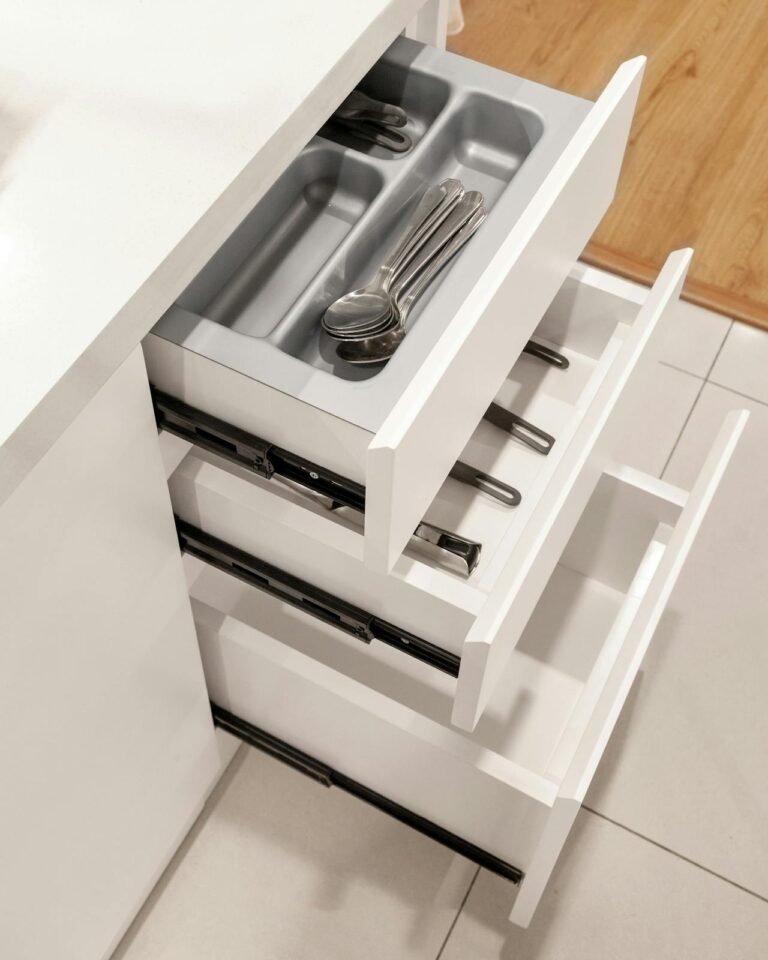You’ve probably tried the typical speed cleaning lists: “Pick up clutter, wipe surfaces, vacuum quickly.” Yet when guests texted “Be there in 20 minutes!” last time, you probably ended up frantically shoving things into closets and feeling embarrassed about your space.
The issue isn’t your cleaning speed—it’s that most advice treats all messes equally and ignores the psychology of what guests actually notice. After years of failed “quick tidy” attempts, you need a system that acknowledges where previous methods fall short.
Target Reader: This guide is for renters and homeowners who’ve tried speed cleaning multiple times but still feel overwhelmed when unexpected guests arrive. You understand basic cleaning concepts but struggle with prioritization and often run out of time before making meaningful progress.
Why Standard Speed Cleaning Fails: The Three Critical Mistakes
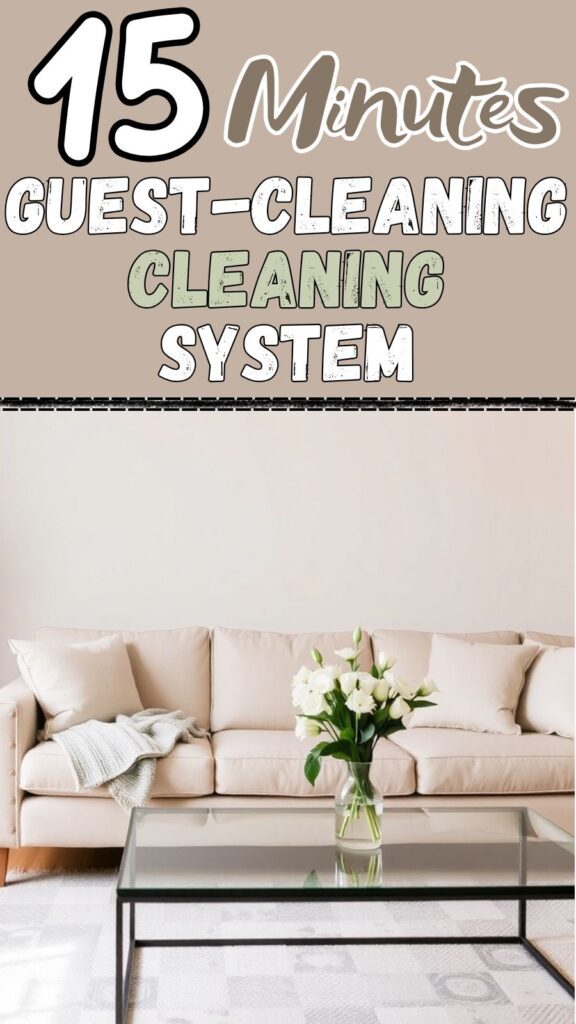
Mistake #1: The “Room-by-Room” Trap
Moving from room to room sounds logical, but it wastes precious minutes on transitions. Research from UCLA’s Center for Everyday Lives and Families found that people spend 40% more time cleaning when they change locations frequently, due to mental task-switching costs.
Mistake #2: The “Everything Must Sparkle” Mindset
You’ve probably abandoned cleaning sessions halfway through because you got stuck scrubbing one stubborn stain. This perfectionist approach guarantees failure when time is limited.
Mistake #3: Ignoring the “Guest Gaze Pattern”
Studies of eye-tracking during home visits show guests focus on specific areas first: entryway floors, seating areas, and anything at eye level. Yet most cleaning advice treats all surfaces equally.
Also Read: How to Remove Musty Smell from a Bedroom: 7 Methods That Make the Difference
The Strategic Guest-Ready Formula: 15 Minutes to Transformation
This system prioritizes impact over completion, focusing on the psychological impression rather than actual cleanliness. Here’s the research-backed sequence:
Minutes 1-3: The Entrance Impact Zone
What guests notice: Floor condition and overall first impression within 8 seconds of entering.
Action sequence:
- Clear the walking path from door to main seating (60 seconds)
- Quick sweep/vacuum only the entry path—ignore corners (90 seconds)
- Wipe down any surface guests will touch immediately: door handles, light switches (30 seconds)
Why this works: Psychological studies show first impressions form within seconds and heavily influence overall judgment of cleanliness.
Minutes 4-7: The Conversation Zone Setup
What guests notice: Where they’ll sit and what’s in their direct line of sight.
Action sequence:
- Clear seating surfaces completely—everything goes into one designated “dump basket” (90 seconds)
- Fluff cushions and arrange them attractively (30 seconds)
- Clear coffee table and side tables of everything except 1-2 intentional items (60 seconds)
- Quick wipe of visible surfaces only (90 seconds)
The dump basket strategy: Keep a large basket or box specifically for this purpose. Everything goes in, gets carried to your bedroom, and can be sorted later. No decisions, no organization—just removal.
Minutes 8-11: The Sight Line Sweep
What guests notice: Anything at seated eye level and obvious clutter piles.
Action sequence:
- Stand where guests will sit and identify what’s in direct view (30 seconds)
- Address only these visible items—clear counters, straighten books, hide cables (2.5 minutes)
- Quick bathroom check: close shower curtain, hang towels neatly, clear counter (60 seconds)
Critical insight: Don’t clean what guests won’t see. A perfectly organized drawer doesn’t matter if they never open it.
Minutes 12-15: The Finishing Touches That Create Illusion of Care
What guests notice: Signs that you’ve “prepared” for their visit.
Action sequence:
- Turn on appropriate lighting—overhead plus one lamp creates warmth (15 seconds)
- Light a candle or use air freshener in main areas only (30 seconds)
- Set out water glasses and perhaps a small snack (90 seconds)
- Final 90-second walk-through: pick up any items that jumped out during the process
Read More: How to Keep the Nightstand Tidy Daily
Advanced Techniques for Common Failure Points
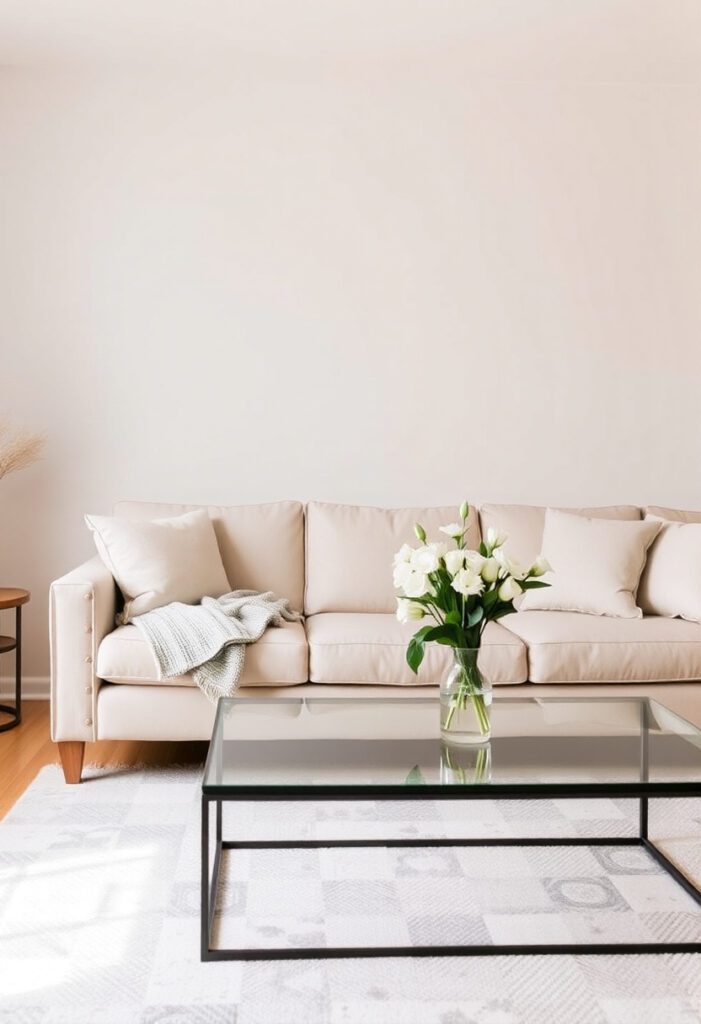
When You Have Pet Hair Everywhere
Traditional solution: Vacuum everything (takes too long, often fails). Strategic alternative: Focus only on seating surfaces and the main walking path. Use a damp rubber glove to quickly collect hair from upholstery—it’s faster than vacuuming and more effective.
When Your Kitchen is Visible from Main Area
Traditional solution: Clean the entire kitchen (impossible in 15 minutes). Strategic alternative: Load dishwasher or fill sink with soapy water to hide dirty dishes, wipe only the counter space guests can see, and close any open cabinets. A kitchen with hidden mess looks intentional; visible dirty dishes look chaotic.
When You Have Young Children’s Toys Everywhere
Traditional solution: Put each toy away properly (takes forever). Strategic alternative: Use the “toy basket corral” method. Keep 2-3 attractive baskets in main areas. Everything goes in baskets, which then get relocated to bedrooms. Guests see intentional storage, not chaos.
The Psychology Behind Why This Works
Creating Selective Attention
Environmental psychology research shows that organized entryways and seating areas create a “halo effect”—guests assume the entire space is well-maintained based on these key zones.
The “Effort Signal” Theory
Small touches like arranged cushions and appropriate lighting signal to guests that you’ve prepared for their visit, which matters more than perfect cleanliness for social comfort.
Managing Guest Anxiety
A clear path and defined seating area reduces subconscious guest stress about where they’re welcome, allowing them to relax faster.
Read More: How to Arrange Bedroom Furniture to Open Up Your Space
Troubleshooting Your Previous Failures
“I Always Run Out of Time”
Problem: You’re trying to achieve too much. Solution: Set a timer for each phase. When it goes off, move on regardless of completion. A partially cleaned entry that leads to a welcoming seating area beats a perfectly cleaned entry with nowhere comfortable to sit.
“It Never Looks ‘Clean’ Enough”
Problem: You’re comparing to deep-clean standards. Solution: Aim for “welcoming” not “pristine.” Research shows guests care more about feeling comfortable than noticing dust on baseboards.
“Guests Notice Things I Missed”
Problem: You’re focusing on wrong areas. Solution: Practice the “guest eye view” exercise. Sit where they’ll sit and note what draws your attention. These are your priority areas.
Preparing for Success: The 5-Minute Daily Setup
To make this 15-minute system work consistently, implement these daily habits:
Before bed each night (5 minutes):
- Return the dump basket to its designated spot
- Run one load in dishwasher or wash dishes
- Set out cleaning supplies in main area
- Clear main pathway
This isn’t about maintaining a perfect home—it’s about creating conditions where your 15-minute guest prep can actually succeed.
When 15 Minutes Becomes 10 (Emergency Protocol)
Minutes 1-3: Entry path and seating only Minutes 4-6: Sight line sweep from guest perspective Minutes 7-8: Bathroom basics (if they’ll use it) Minutes 9-10: Lighting and one welcoming touch
Skip everything else. A clear seating area with good lighting beats a half-cleaned everything.
Measuring Success: What Actually Matters
Success isn’t a spotless home—it’s guests feeling comfortable and you feeling confident about your space. After implementing this system, most people report:
- Reduced anxiety about unexpected visitors
- More willingness to invite people over spontaneously
- Better maintenance of key areas between cleaning sessions
The goal is transformation of guest-facing zones, not perfection of your entire living space. Master this approach, and you’ll never again feel that sinking panic when someone says they’re on their way over.
Building Long-Term Confidence
This system works because it’s sustainable and acknowledges real constraints. Once you’ve used it successfully 3-4 times, you’ll start naturally maintaining these priority zones without thinking about it.
The best part? Guests often comment that your home feels “so welcoming” without being able to identify exactly why—because you’ve strategically addressed their subconscious comfort needs rather than chasing an impossible standard of perfection.


